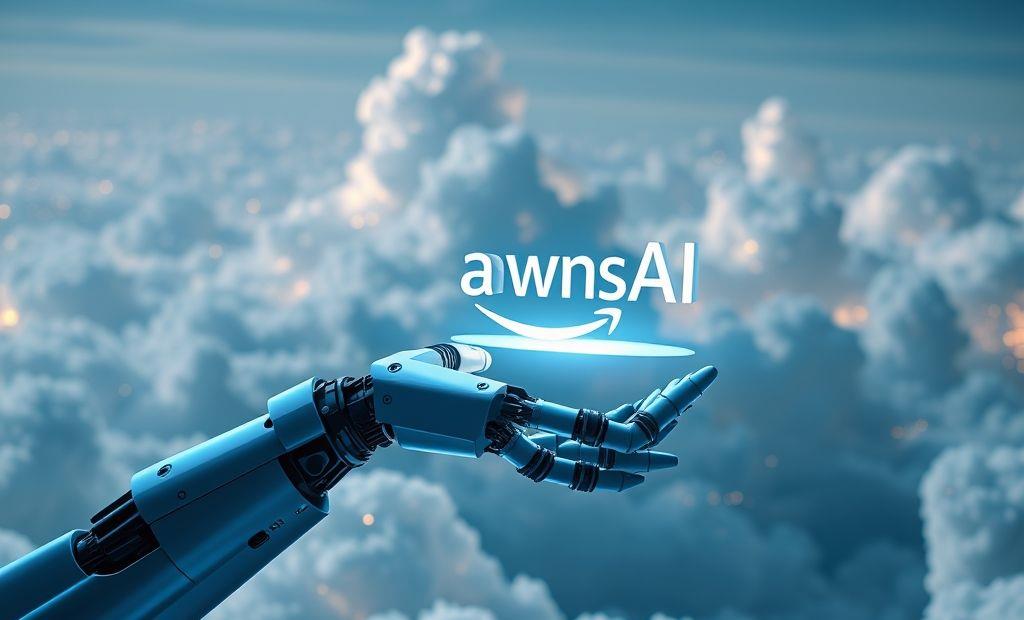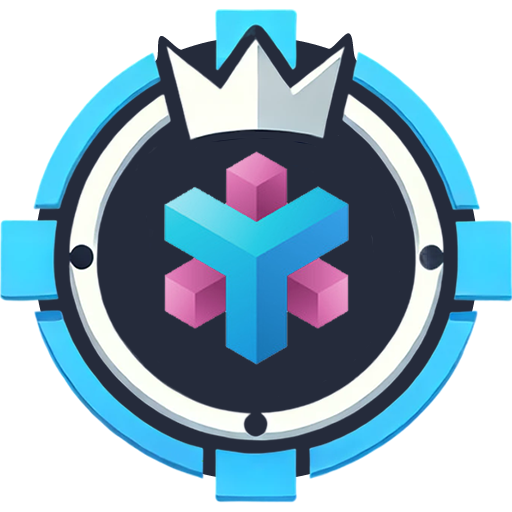OpenAI Models Now Available on AWS: A New Era

OpenAI Models Now Available on AWS: A New Era Amazon Web Services now offers OpenAI’s open‑weight models gpt‑oss‑120B and gpt‑oss‑20B—to developers and businesses worldwide. This...
⏱️ Estimated reading time: 4 min
Latest News
OpenAI Models Now Available on AWS: A New Era
Amazon Web Services now offers OpenAI’s open‑weight models gpt‑oss‑120B and gpt‑oss‑20B—to developers and businesses worldwide. This is the first time OpenAI’s foundation models are available on AWS via Amazon Bedrock and SageMaker JumpStart .
- AWS CEO Matt Garman calls it a powerhouse combination, pairing OpenAI’s advanced tech with AWS’s global scale, enterprise security and deployment tools CRN.
- The gpt‑oss‑120B model delivers up to 3× better pricing efficiency than Google’s Gemini, 5× better than DeepSeek‑R1 and is 2× more cost-effective than OpenAI’s own o4-mini model .
This milestone dramatically expands access to low-cost, high-performance generative AI across AWS’s platform.
What This Means for You
The availability of OpenAI models on AWS empowers you to:
- Build innovative applications: Integrate cutting-edge AI capabilities into your existing and new projects.
- Scale effortlessly: Leverage AWS’s robust infrastructure to handle increasing demands without worrying about managing complex infrastructure.
- Simplify development: Streamline your AI development process with AWS’s suite of tools and services.
Key Benefits of Using OpenAI on AWS
OpenAI’s gpt‑oss‑120B and gpt‑oss‑20B models now run via Amazon Bedrock and SageMaker JumpStart. The gpt-oss‑120B delivers up to 3× better price efficiency than Gemini 5× better than DeepSeek-R1 and 2× more cost-effective than OpenAI’s o4-mini.
This means businesses can build smart AI applications at substantially lower cost.
Multiple Models in One Platform
Bedrock supports a broad model ecosystem-including OpenAI’s GPT‑OSS, Anthropic’s Claude Meta’s Llama Stability AI and Amazon’s Titan-via a unified API.
This diversity lets you pick the best model for each task without vendor lock-in.
Seamless AWS Integration
Moreover because AWS built Bedrock on its global infrastructure, it integrates tightly with services like S3 Lambda SageMaker API Gateway, and more enabling seamless model deployment, data ingestion and orchestration across the AWS ecosystem .
Additionally you can enforce network isolation using AWS PrivateLink and VPC interface endpoints, allowing you to access Bedrock as if it resides entirely within your VPC without traversing the public internet .
Furthermore IAM-based fine-grained access controls govern permissions to specific Bedrock models and endpoints especially for integrations via SageMaker Unified Studio ensuring secure least-privilege access policies across your teams and projects.

Stable Infrastructure & Reliability
Moreover built on AWS’s global infrastructure Bedrock delivers high uptime AWS guarantees a 99.9% regional monthly SLA and service credits apply if downtime exceeds thresholds .
Consequently predictable pricing models such as on-demand, batch, and provisioned throughput give teams cost certainty and help reduce the risk of service interruptions in production deployments .
Open‑Weight Model Flexibility
OpenAI’s open-weight GPT OSS models expose the trained parameters for developers to fine-tune and customize without sharing training data. They deliver top-tier reasoning performance while supporting secure on-premise or behind-firewall deployments.
Easy Migration Path
Moreover migrating from OpenAI to AWS remains straightforward thanks to robust migration frameworks provided by AWS partners and consulting services.
Specifically these partners offer structured assessments and migration accelerators that span from strategy and prompt conversion to deployment in Amazon Bedrock or SageMaker minimizing disruption.
As a result many organizations adopt a gradual transition approach, preserving existing customizations, workflows and prompt logic while shifting infrastructure to AWS’s scalable and secure AI platforms.
Use Cases and Applications
The possibilities are vast! Here are a few examples of how you can leverage OpenAI models on AWS:
- Customer Service: Develop AI-powered chatbots that provide instant support and personalized recommendations.
- Content Creation: Automate the creation of engaging content from blog posts to marketing materials using OpenAI’s language models.
- Data Analysis: Analyze large datasets to uncover insights, identify trends and make data-driven decisions using machine learning algorithms.
- Code Generation: Utilize OpenAI’s Codex model to generate code snippets, automate programming tasks and accelerate software development.
Related Posts
Bluesky Enhances Moderation for Transparency, Better Tracking
Bluesky Updates Moderation Policies for Enhanced Transparency Bluesky, the decentralized social network aiming to compete...
December 11, 2025

Google Maps: Gemini Tips, EV Charger Predictions & More!
Google Maps Gets Smarter: Gemini Tips & EV Updates Google Maps is enhancing user experience...
December 9, 2025

Adobe Acquires Semrush in $1.9B SEO Power Play
Adobe to Acquire Semrush for $1.9 Billion Adobe announced its agreement to acquire the search...
December 1, 2025











Leave a Reply